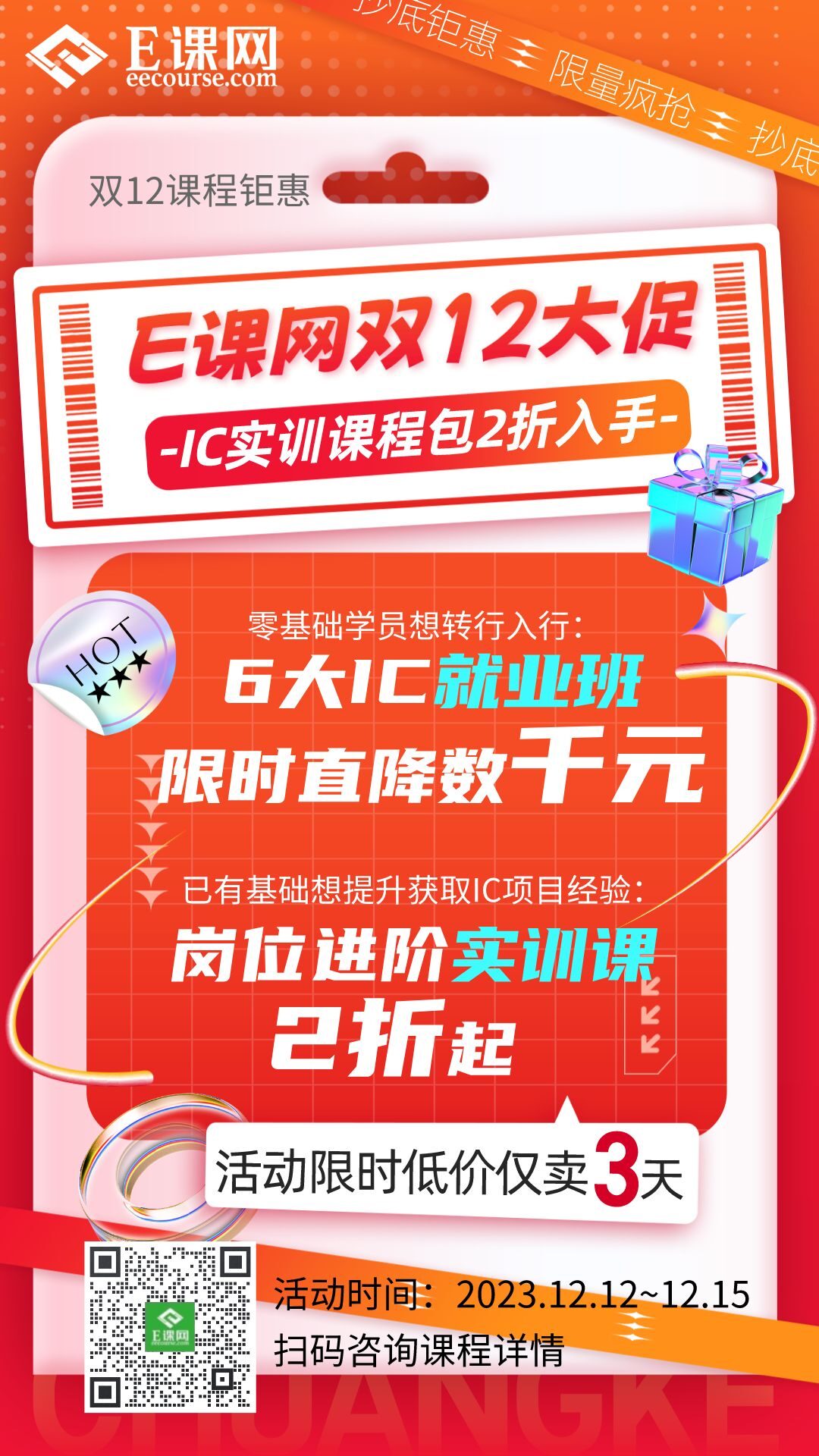A chip is a way of miniaturizing circuits (mainly including semiconductor devices, as well as passive components, etc.). It uses a certain medium to comprehensively cover the center of a computer, such as the CPU, with the interface that displays this information, thus forming a small, miniature machine that integrates semiconductors on a substrate. Each chip has its unique functions and roles.

1
Processor Chip
The processor chip is an important component in electronic devices, mainly responsible for executing programs and processing various data and information. Depending on the usage purpose, processor chips can be divided into general-purpose processors and dedicated processors. General-purpose processors, such as Intel’s i5 and i7, are suitable for various applications; dedicated processors, such as GPUs (Graphics Processing Units), are suitable for large-scale parallel computing.
2
Memory Chip
Memory chips are important storage devices in computers, primarily responsible for storing and reading data. Common memory chips include DRAM (Dynamic Random Access Memory) and SRAM (Static Random Access Memory). DRAM is typically used for main memory, while SRAM is commonly used for cache.
3
Interface Chip
Interface chips are mainly used to connect different types of devices, enabling data transmission and control. For example, USB interface chips can connect computers and other USB devices. Additionally, interface chips can also be used for serial communication (such as SPI, I2C, etc.) and parallel communication.
4
Power Management Chip
Power management chips are primarily used to manage the supply and distribution of power. They can adjust voltage, current, and power to meet the needs of different devices. At the same time, power management chips can also perform functions such as power state monitoring and over-voltage protection.
5
Wireless Communication Chip
Wireless communication chips are mainly used for wireless communication and network connectivity. They can support various wireless communication protocols, including Wi-Fi, Bluetooth, and NFC. Wireless communication chips typically include baseband processing units, RF front ends, and antenna interfaces.
6
Audio Processing Chip
Audio processing chips are mainly used for processing and transmitting audio signals. They can support functions such as speech recognition and audio encoding/decoding. Common audio processing chips include audio ADCs, audio DACs, and audio codecs.
7
Sensor Control Chip
Sensor control chips are mainly used to control and monitor various sensors. They can monitor various physical quantities such as temperature, humidity, pressure, and light. Sensor control chips typically include sensor interfaces, signal processing units, and control logic.
8
Power Switch and Protection Chip
Power switch and protection chips are mainly used for power switching control and protection. They can be used to implement power on/off, over-voltage protection, over-current protection, and other functions. Common power switch and protection chips include relays, fuses, and power switches.
9
Clock and Reset Chip
Clock and reset chips are mainly used to provide timing and reset signals. They can generate precise clock signals and perform reset operations when the system encounters anomalies. Common clock and reset chips include real-time clocks (RTC) and reset chips.
10
Memory Control Chip
Memory control chips are mainly used to control and manage various memory devices. They can implement functions such as data storage, reading, and erasing. Common memory control chips include flash memory controllers and memory controllers.

Scan to get a free trial and consultation for IC courses!


E Course Network (www.eecourse.com) is a professional integrated circuit education platform under Moore Elite, dedicated to cultivating high-quality integrated circuit professionals in the semiconductor industry. The platform is oriented towards the job demands of integrated circuit companies, providing practical training platforms that fit the corporate environment, and quickly training students to meet corporate needs through online and offline training methods.
E Course Network has a mature training platform, a complete course system, and a strong faculty. It plans 168 high-quality semiconductor courses in China, covering the entire integrated circuit industry chain, and has 4 offline training bases. To date, it has deeply trained a total of 15,367 people, directly supplying 4,476 professionals to the industry. It has established deep cooperative relationships with 143 universities and has held 240 special IC training sessions for enterprises.